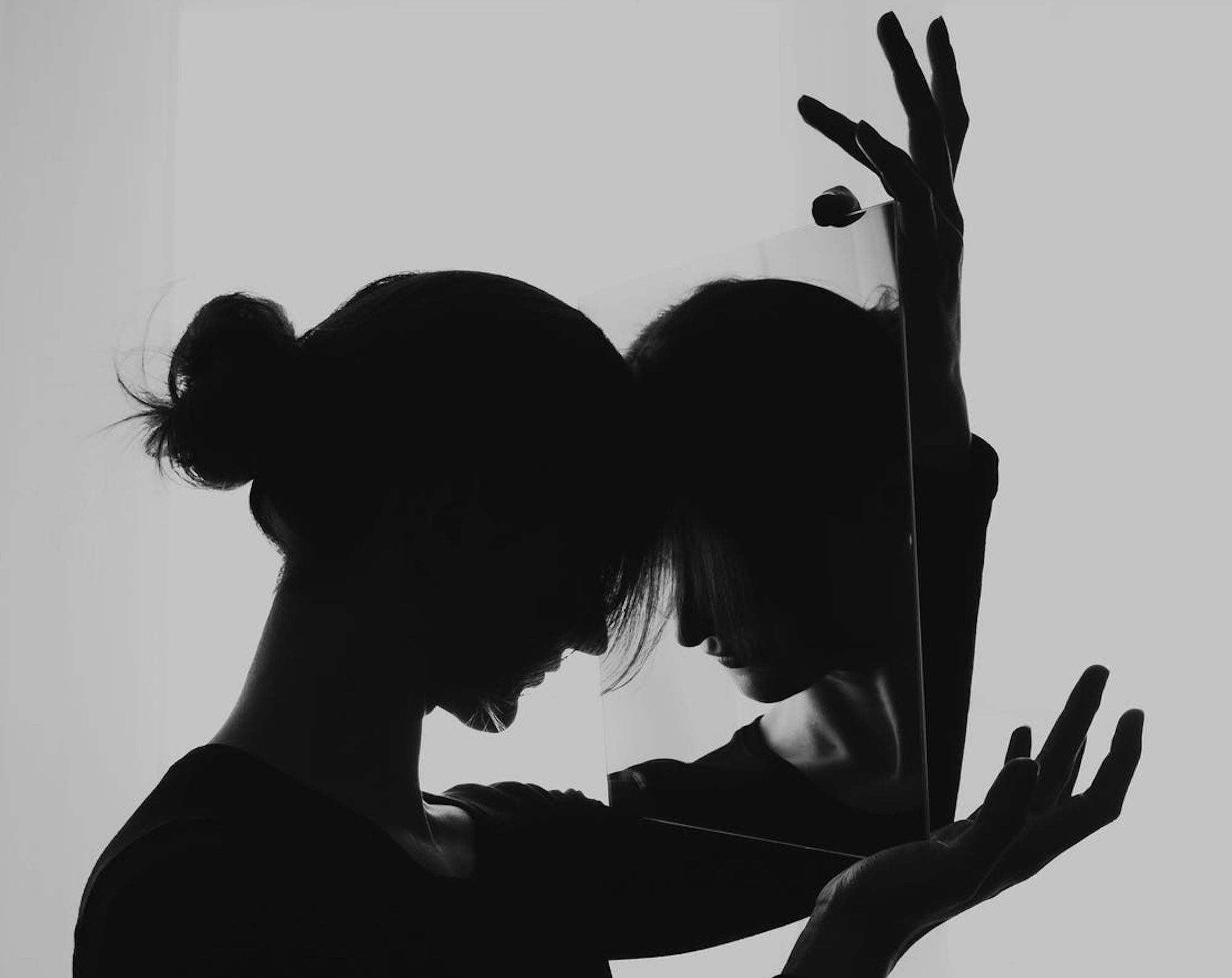SPLITTING THE ATOM: Dicipline Your Creative Senses
It is unnecessary to fall prey to this predictable dilemma. Suddenly feeling like you cannot create, has nothing to do with your talent or your ability, it is a foreseeable sequencing of irrational, and impersonal thoughts welded together by unearned authority over your mood and talent.

So, we're going to split the atom. That means splitting up your creativity into isolated boxes. It is about separating each of your creative senses away from each other in order to use one of them at a time. Usually, our creative approach comes out 'somehow' with the creative senses glued together. This has value on its own terms, but by splitting them we can utilize them in a fresh way.
When your creative senses fire up, it can be like many people talking to you at the same time, all of them have tons of questions and suggestions and you don't know which one to answer or in what order. What suggestion should you listen to, which one should you think about and process? And when you try to process, the 'people,' or the creative senses, are still talking, with more questions, more suggestions.
The main thing here is the speed, at which these questions and suggestions come.
This is a common situation when I've been directing a film. Everyone has questions and suggestions. Most of them are important, some not, but all need to be listened to. However, when directing a film, there isn't much time to go to the side and process. With experience, I've found a way to create pockets of places to go to the side and used techniques to frame this approach from the environment into a position where I can take one thing at a time and evaluate.
The main thing here is the speed, at which these questions and suggestions come. This can be framed and tackled in a real life situation like when I am directing a film. However, when we are alone, trying to put something down on paper, the creative senses are firing on all cylinders at the same time with speed and urgency. There is no way of knowing which one is important, or in what order they should be listened to.
EXAMPLE
For example, you want to write a scene about a person walking from place A to place B. And as you start working on that scene, the first thing that comes to your mind is that you want the person to look sad. Then you might put down, that the weather is bad, heavy rain, then you might look at the persons' clothes, they are worn out, then you might think about the story behind the clothes, suddenly you start thinking that you don't want this to be a typical scene, like that scene from a movie you once saw, that wasn't a good movie - then you might be pulled by a sudden current of wanting something original to take place in the scene, not sure what that could be, you might start to think about how you'd like to film that scene, or about the soundtrack, should you take the chance to make it black and white perhaps, maybe you jump back into your character, where are they from, what is their backstory, and even more importantly why are they going from place A to place B to begin with, maybe they have an authority complex and don't want to go from A to B, yeah, that would be cool, what life experience formed that stance for the character, why is the sky blue, where did I forget my shoes yesterday...
And so on -
In the example above, we can see that there is no way to get a handle on the information for our story. We have no way of entering, and we have no way of starting to actually work on it. It is because all the creative senses are firing at the same time. On top of that, we are painting in quite a bit of emotion, for the character, and for ourselves. We also travel back and forth in time, we have a situation in the particular scene we want to work on, leading us to think about the back story, and even character development, tapping into our personal stance as a creator.
It is unnecessary to fall prey to this predictable dilemma.
When I am talking about splitting the atom, I am of course talking about doing one thing at a time. Or more appropriately, listening to one creative sense at a time. If we don't isolate and recognize each creative thought, we will quickly get anxious, become overwhelmed, and consequently fall prey to procrastination, and start producing thoughts that we shouldn't be creating in the first place.

The idea with splitting the atom, is to expose this phenomenon. It is unnecessary to fall prey to this predictable dilemma. Suddenly feeling like you cannot create, has nothing to do with your talent or your ability, it is a foreseeable sequencing of irrational, and impersonal thoughts welded together by unearned authority over your mood and talent.
How do we split the atom, how do we make one creative sense convey their questions and suggestions in order for us to harvest and process them?
Let's look at some of the clues, first, the group of creative senses have commonalities, they all fire at a certain speed. From that, we can make our first counter, we use the opposite of speed, we slow down. Another commonality is that they originate from within the body, either in emotions, thoughts, pictures, even sounds. And because they fire from within our body, we start by slowing down our body. We slow down from the outside in.
Imagine that you were writing a scene with a character that needs to slow down. How do they look like when they slow down? How do they move? What might they be thinking?
We can do this literally, we can start with the breath, slow breathing, we can even move into our body and make it move in slow motion, from there we go to our internal dialogue, and we pace it down. Then we can exaggerate even further, let's move in extreme slow motion, let's think annoyingly slow. I'm sure this is making sense already, but the dirty little secret about this exercise is that you have to take 10 minutes to actually do this. That is the difference that makes a difference. Right now you are reading this, and you're thinking to yourself, this makes sense, but there is protective machinery lurking in the background, making sure that you actually never do the 10 minutes. In order to actually do this practice, you will need to collect a fair amount of anxiety, overwhelm, and depletion experience. When you have hit that elevator bottom several times, you'll be able to do this.

By slowing down your body and thoughts, you're now able to analyze and identify what creative sense is communicating to you at each time. And when you can do that, you can start to establish a degree of authority towards it. When a creative sense communicates, it will now know that it should not interrupt a sibling. If it wants to be heard, it needs to behave, be clear, and be cooperative.
With the example of the person going from A to B. Now when you work on it, your thoughts are not different, but now you can listen to them, categorize and prioritize, like so:
A person wants to walk from A to B.
- GEOGRAPHICAL LOCATION (of the scene): What location is this? Inside or outside? What country? What is place A, what is place B?
- CHARACTER: Who is the person? What clothes are they wearing?
- CHARACTER BELIEVES: What does your character believe, what are their values, what is important to them?
- BACKSTORY: Where are they from? Who raised them? What were the social conditions of their upbringing?
- SOUNDS: What sounds are in this scene, background noise, do we hear nature, people, or city?
- FILM SHOTS: If you're doing a movie scene, what is the first shot, what is the angle, how many shots do you need to film the scene about the person going from place A to place B?
And just like that. We split the atom.



Comments ()